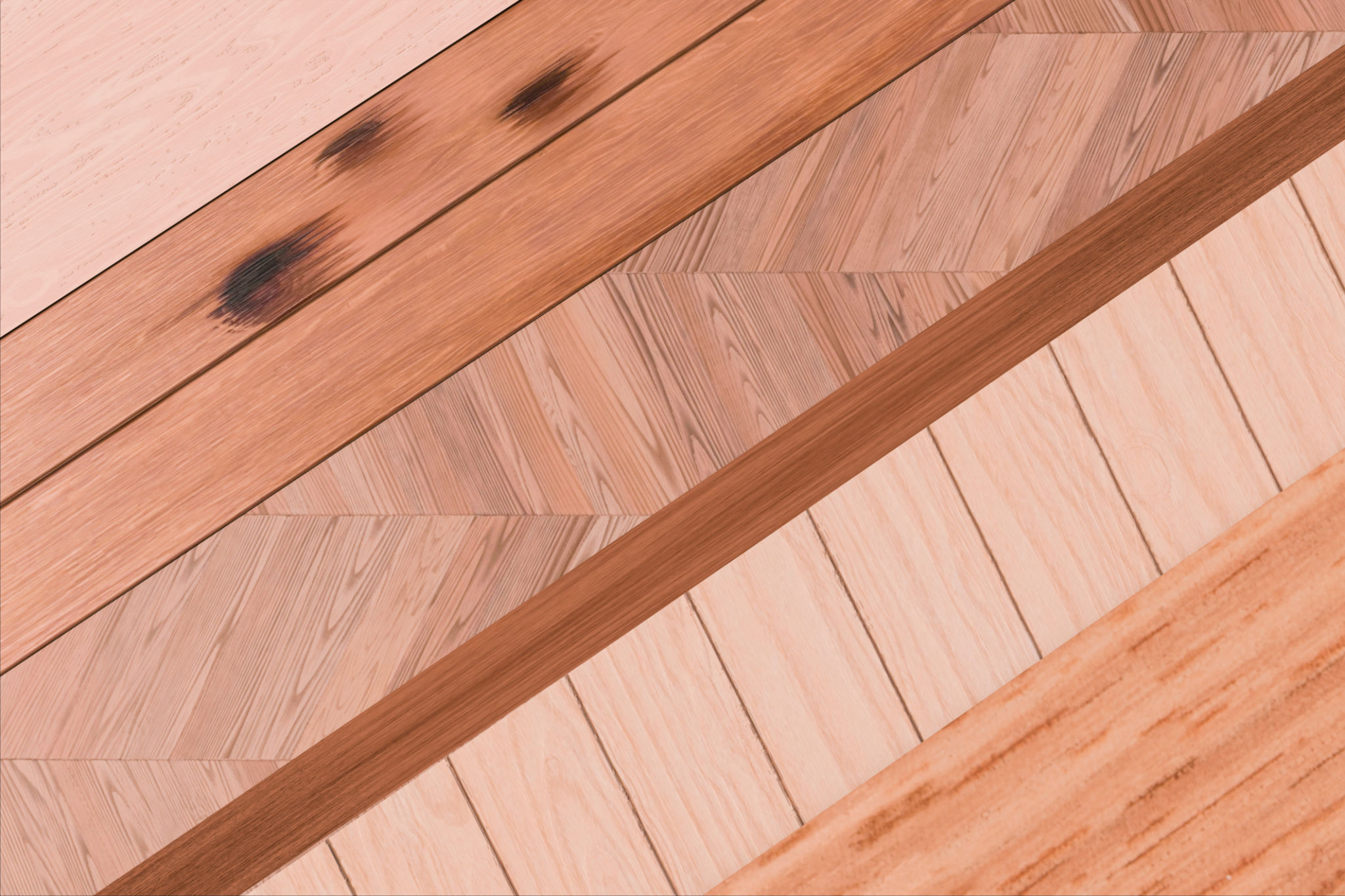Expert Advice: Common Flooring Mistakes and How to Avoid Them
Understanding the Basics of Flooring Installation
Installing new flooring can transform the look and feel of your home. However, diving into this project without proper knowledge can lead to costly mistakes. Many homeowners underestimate the importance of understanding the basics before starting. From choosing the right materials to ensuring proper installation, there's a lot to consider.
One of the most common mistakes is not preparing the subfloor adequately. A poorly prepared subfloor can lead to uneven surfaces and premature wear. Always ensure your subfloor is clean, dry, and level before proceeding with installation.

Selecting the Wrong Type of Flooring
Choosing the right flooring for each room is crucial. While hardwood might be beautiful in living areas, it’s not ideal for moisture-prone spaces like bathrooms. Consider the functionality and durability of materials. For instance, vinyl and tile are excellent for wet areas, while carpet can add warmth to bedrooms.
Another mistake is not considering the lifestyle of the household. Homes with pets might require scratch-resistant surfaces, while families with young children might benefit from more durable and easy-to-clean options.

Ignoring the Importance of Acclimatization
Acclimatization is a step often overlooked by DIY enthusiasts. Most flooring materials, especially wood, need time to adjust to the room's temperature and humidity. Skipping this step can lead to warping or gaps. Always follow the manufacturer's guidelines on how long materials should acclimate before installation.
For example, hardwood flooring typically requires at least 48 hours to acclimate. This simple step can save a lot of trouble down the line.

Proper Installation Techniques
Even with the right materials, improper installation can lead to issues like gaps, buckling, or uneven surfaces. One key technique is ensuring the correct alignment and spacing, especially for materials like tile or laminate. Using spacers and a level can help maintain consistency.
Furthermore, always use the appropriate tools and adhesives specified by the manufacturer. Cutting corners in this area can compromise the integrity of the flooring.

Neglecting Maintenance and Care
Once your flooring is installed, maintaining it is crucial for longevity and appearance. Each type of flooring requires specific care. For instance, wood floors benefit from regular sweeping and occasional refinishing, while tiles might need periodic resealing to prevent grout discoloration.
Understanding the maintenance requirements of your chosen flooring will help you keep it looking new for years to come.

Conclusion: Plan and Execute with Caution
Avoiding these common mistakes requires planning and attention to detail. By understanding the materials, preparing adequately, and following proper installation techniques, you can ensure a successful flooring project. Remember, when in doubt, consulting with a flooring expert can provide invaluable insights and save you from potential pitfalls.
Investing the time to research and plan will not only enhance your home's aesthetic but also ensure your new floors stand the test of time.
